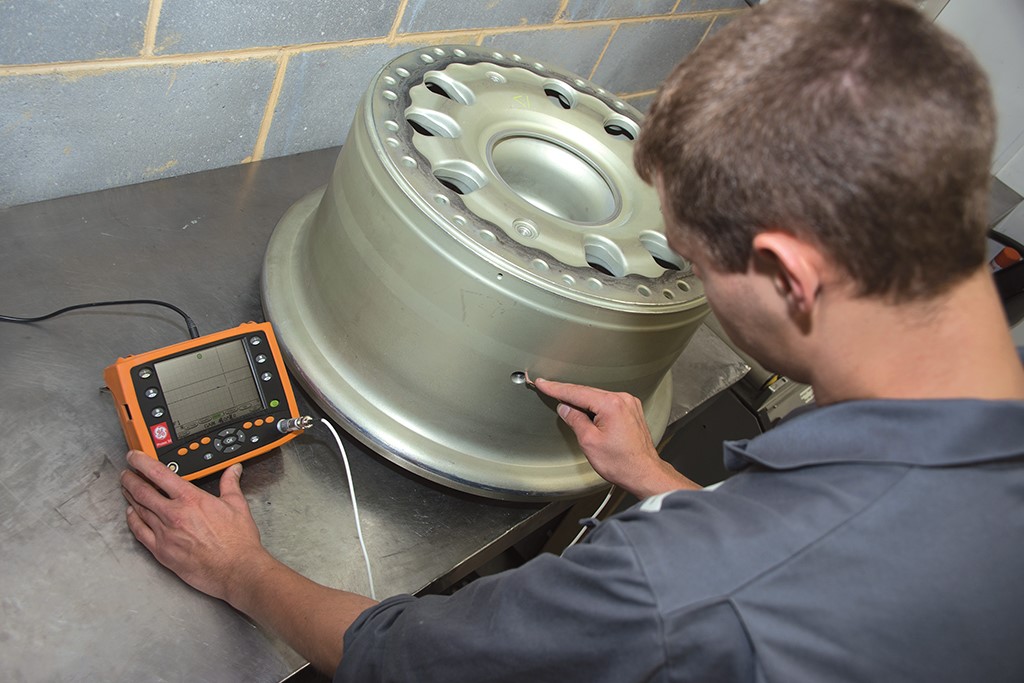

Aircraft wheels demand greater durability, robust corrosion resistance, low maintenance and lighter weight. But the wheels get affected from multiple corrosive elements like carbon dust and are susceptible to damage from high impact and fatigue loads. Dutch Kipp, engineering director for Landing Systems at UTC Aerospace Systems (UTAS) in Troy, Ohio discusses about the company’s R&D into new generation aircraft wheel construction.
Kipp reports that the primary structure of an aircraft wheel is constructed with closed-die aluminium forgings made from aluminium alloy 2014. However, it offers poor corrosion protection and the company is working on developing improved aluminium alloys for aircraft wheels.
{alcircleadd}
UTAS is pursuing a new silver-based aluminium alloy in collaboration with the OEM’s technical staff and its outside forging sources. The new alloy, according to Kipp, will be available in 2019, and applied to several new wheel programs. The new alloy will offer 10% more “room-temperature” strength, 20% improved wheel strength at and after high-temperature exposure, and a 70% more damage tolerance and corrosion resistance.
“It will also be lighter and much less maintenance-intensive,” Kipp pointed out.
Their focus will be on making the new alloy integral to a wheel that would be fit for FAA Technical Standard Order approval. UTAS has not revealed the names of the new production commercial aircraft types where the new wheel will be used. The research also focuses on lightweighting of the composite wheel structure while offering better corrosion resistance. UTAS has not mentioned any specific time when that version could be introduced.
The company, in collaboration with its suppliers, has also developed primer and paint systems that offer better abrasion resistance, 3.5 times more resistance to fluids, quicker drying times and twice the shelf life of conventional products.
Responses








